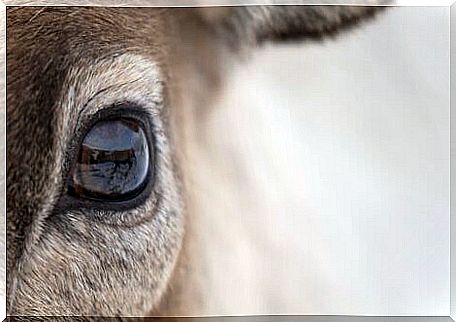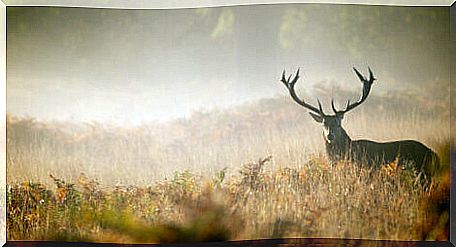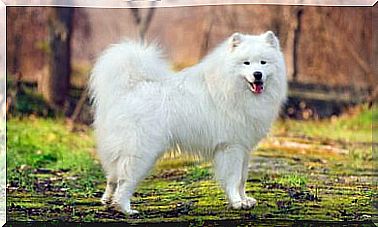Trivia About The Deer With Eye Hair Found In The US

A strange and frightening incident occurred in a suburb of Tennessee (USA) in 2020, when a male cariacu was found disoriented. But was he strange about this incident? Surprisingly, it has been confirmed that this deer was discovered with eye fur.
Due to its poor condition and appearance, the animal was quickly slaughtered, to be studied later. What happened to this deer? Why did hair grow in your eyes? Check out all the information about this strange case below.
the deer with hair in the eyes
Although the news has gone public and gone viral now, this discovery occurred in late August 2020. The deer, about a year old, was found disoriented, bumping into street furniture in a city in the state of Tennessee, in the United States.
People who found the animal said it was roaming the streets while it was bleeding. He wasn’t aware of the people around him, and there was something strange in his eyes.
Given its precarious appearance and deplorable health, the animal was killed without cruelty, as it had no chance of surviving. Once dead, it was discovered that he had grown hard hairs over his eyeballs, the same kind that covered his entire body.
Hair growth on the cornea of the eyes prevented the animal from seeing and, as it turned out, this condition does not have a cure that restores sight. It was a type of benign tumor known as a corneal dermoid.

What is corneal dermoid?
Corneal dermoid is a type of benign tumor that causes the development of hair follicles in the eyeball. It is called “benign” because this swelling is not capable of uncontrolled growth and metastasis, as is the case with cancer. Although it may sound strange, these types of tumors are not that rare or uncommon.
The disease that killed the deer is a type of teratoma. Teratomas are benign tumors in which tissue develops elsewhere in the body. For example, the growth of teeth in the uterus, hairs in the stomach or, as in the case of deer, the appearance of hairs in the eyes.
According to experts, the deer may have been born with the corneal dermoid, which, although rare in deer, is common in dogs and cats. Over time, this developed until the animal was completely blind, so it could gradually get used to blindness.
This disease can be cured in two ways. One of them is the enucleation of the eyes, which would leave the animal without vision. The other is a healthy corneal transplant, which wouldn’t do much for this deer, because he had other diseases.
Why was the deer with fur in its eyes not afraid of humans?
Something that caught the attention of people who saw the deer was that it seemed to completely ignore the people around it. Did this happen due to blindness?
After the description of pedestrians on the animal ‘s appearance, the Tennessee Wildlife Resources Agency ( Wildlife Resources Agency Tennessee ) decided to end his life, fearing that he could be suffering from a highly contagious and deadly chronic prion disease.
THE chronic debilitating disease (CWD), also known as “zombie deer ” disease, is a highly contagious and deadly disease similar to mad cow disease. However, there had never been any cases in the Tennessee deer population.
This disease can cause anorexia, tremors, confusion, extreme salivation, increased aggression and death. Fortunately, after necropsy and additional testing, the deer was found to be negative for CWD but positive for epizootic hemorrhagic disease (EHD).
This disease is caused by a virus that causes a high fever and heavy bleeding, which is why the animal was bleeding. Also, the fever may have left the poor deer disoriented and unaware of the people around him.

Although this deer with fur in its eyes was not very lucky, it was found and thus prevented from dying a slow and agonizing death. In addition, a subsequent study provided very interesting and useful data on the diseases that deer in the region may be suffering from.







